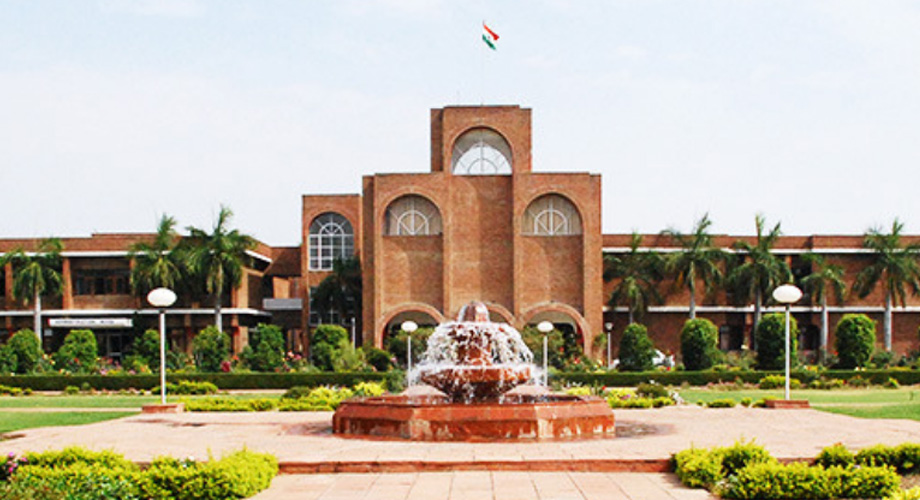IPSC TODAY
The Objectives of the Indian Public School Conference :
The primary aim of a Public School as stated in the IPSC Articles of Association is “to prepare students of ability for positions of service and responsibility in all walks of national Life”.
The IPSC which started in 1939 with a few residential schools now has a strength of 80 schools including Sainik Schools and Military Schools. Although many member schools now have a larger component of day-scholars than boarders, all the schools attempt to offer autonomy of decision-making to their heads. They offer facilities for co-curricular and sports activities and have a robust prefectorial system in place which gives students a feeling of being stake-holders in their education. There is a sincere effort to develop qualities of initiative and responsibility, of self discipline, camaraderie and team-spirit, of fair-play, refined taste and public service.
The Conference organizes an annual conclave of the heads of the member schools. Over the years it has deliberated on the educational problems of residential schools and it endeavours to promote the efficiency of such schools, keeping in mind the changing trends in educational methodology while maintaining age old traditions and time-tested systems for fostering good leadership qualities.
The IPSC organizes competition and interaction among the member schools to give the students a ‘national exposure’ at an all-India inter-school level.
IPSC School
The Indian Public Schools have a distinct identity and are not to be confused with the large number of schools which have liberally adopted the words ‘Public School’ and incorporated the phrase in their names. The Indian Public Schools are ‘private’, independent and secular institutions of higher secondary education. The Sainik Schools and Military Schools, which form part of the Indian Public School complex have been established by the government and receive annual grants-in-aid. They are, however considered to be ‘private’ and ‘independent’ because they are managed by autonomous Boards of Governors and are not obliged to follow the regulations of the grant-in-code. Moreover, their ethos and traditions follow those of other public schools.

An Indian Public School which is a member of the IPSC has certain characteristics. In essence it needs to be a residential school which has a curriculum designed to develop leadership qualities in its students. A public school aims to develop a multitude of skills and attitudes to enable its students to make a meaningful, intelligent and ethical contribution to society.
A typical, good public school aims to teach its students the values of equality and camaraderie. In order to do so, a public school creates an environment where the children live together and work together under the care of teachers who reside on campus and are involved in their students’ growth and development. Public schools have meaningful student-teacher ratios. They teach their students to recognize merit, not just wealth or position. They offer opportunities for students to discover their strengths and develop them. Academics in public schools are a part of the larger curriculum, not an end in themselves. However, the aim is also to give a sound academic foundation to the students, adding to the confidence and self-belief that the school hopes to inculcate in them.
IPSC Emblem
The IPSC emblem seeks to depict the character, aims and aspirations of the member Schools of the IPSC Conference.

- The centrally prominent portico depicts the home of the students and of study.
- Within the portico the wheel signifies all round education and changing times.
- The steps at the base of the portico signify ascent through school education.
- The lamp at the top is one of illumination and enlightenment towards an appreciation of both heritage and contemporaniety.
- The centrally prominent portico depicts the home of the students and of study.
- The pillars entwined by vines stand for an indoor - outdoor, intellectual - physical, liberal -vocational, theoretical-practical, curricular-extra curricular education.
- The crenellations indicate autonomy.
